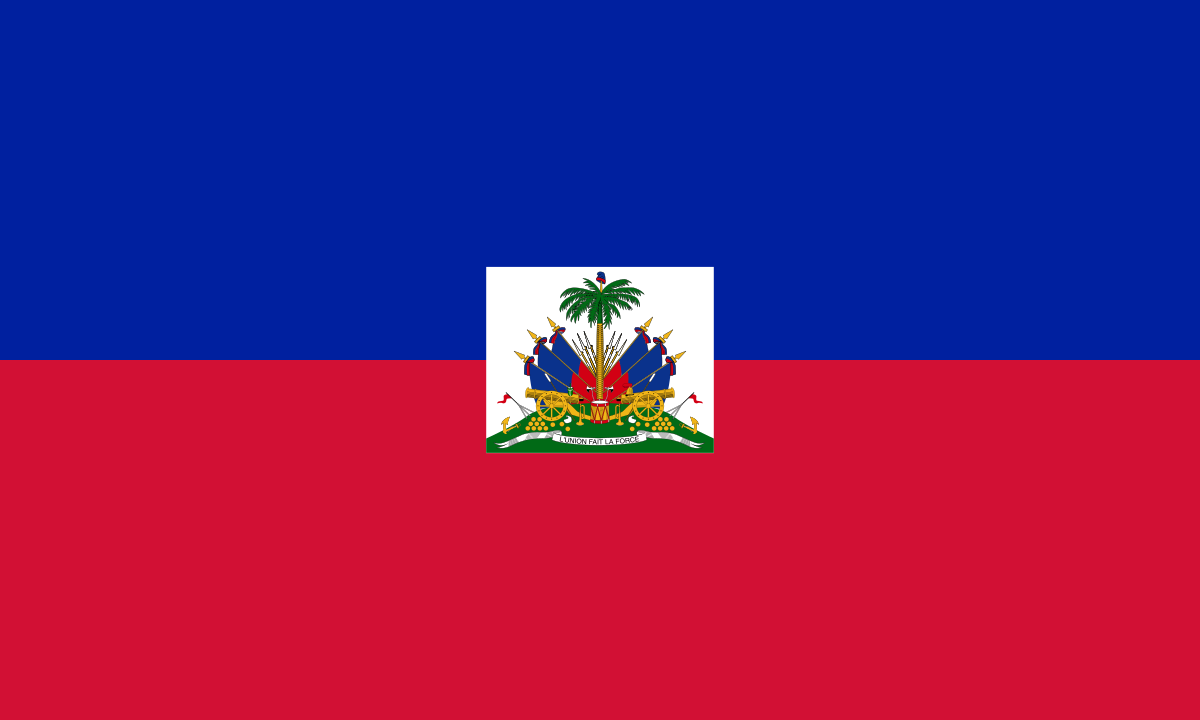The leading industries in Haiti produce beverages, butter, cement, detergent, edible oils, flour, refined sugar, soap, and textiles. Growth in both manufacturing and industry as a whole can be increased by capital investment. Grants from the United States and other countries have targeted this need. Private home building and construction is one subsector with positive prospects for growth.
The industry accounts for about 20 percent of the gross domestic product (GDP), and less than 10 percent of the labor force worked in industrial production. As a portion of the GDP, the manufacturing sector has contracted since the 1980s. The United Nations embargo of 1994 put out of work most of the 80,000 workers in the assembly sector.
Recently, Haiti’s cheaper labor brought textile and garment assembly work back to the island. Although these gains were undercut by international competition, the apparel sector in 2008 made up two-thirds of Haiti’s annual 490 million US dollars exports. The United States economic engagement under the HOPE Act, from December 2006, increased apparel exports and investment by providing tariff-free access to the USA. HOPE II, in October 2008, further improved the situation by extending preferences to 2018.

